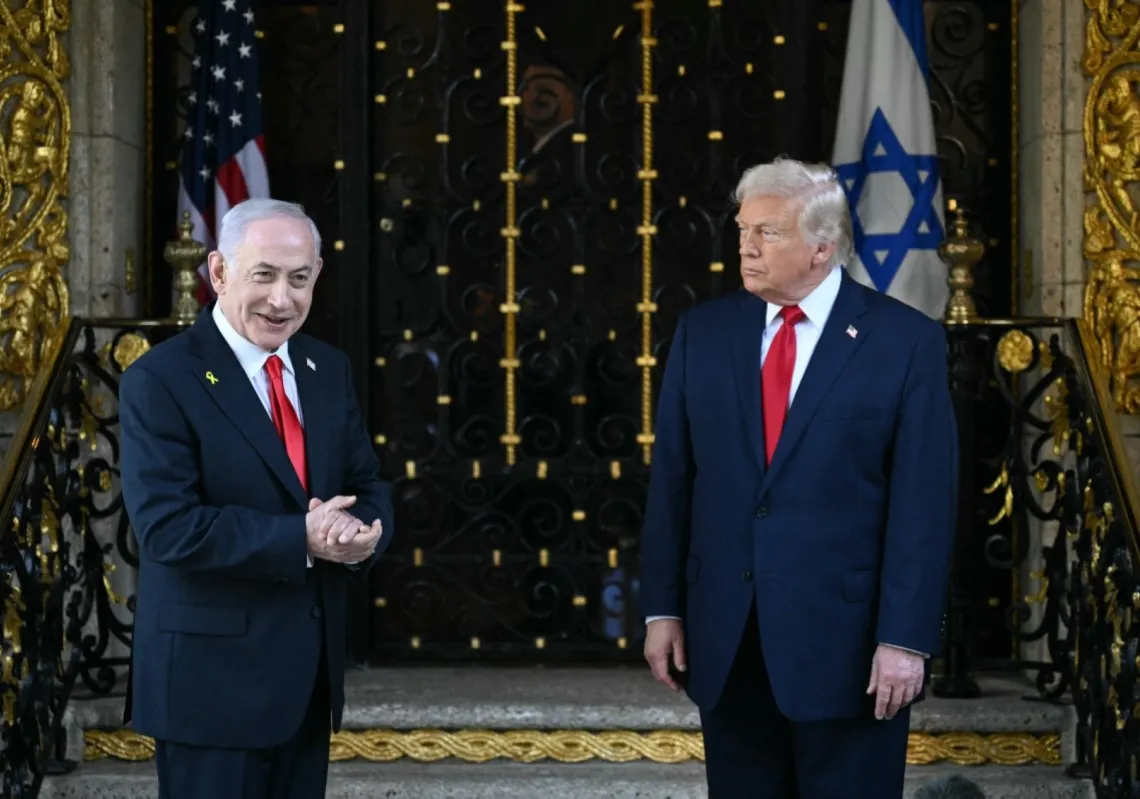The world witnessed a remarkable moment when the Custodian of the Two Holy Mosques, King Salman bin Abdulaziz, kissed the green flag of the Kingdom of Saudi Arabia last week.
This powerful image was captured by various global media outlets, leaving a lasting impact on the Saudi people. A royal order was decreed designating 11 March as Flag Day — a special day to celebrate the national flag's significance throughout the country's history, dating back to its establishment in 1727.
Celebrating Flag Day is a testament to the deep appreciation of national heritage and the importance of the nation state in shaping the present and future. Understanding this value is essential for anyone who wishes to honour their past and contribute to the development of their country.
Six stages of design
Our flag underwent six stages before reaching its present form.

Initially, it displayed a white crescent on a green background, symbolising the first Emirate of Diriyah (1750-1818) founded by Muhammad bin Saud. But the founder of the Kingdom may have realised that the crescent was not an Arab-Islamic symbol but rather a vestige of Ottoman iconography.
The crescent was then replaced by the Shahada (a profession that there is no God but God) on a green background with a white vertical script to the left when King Abdulaziz took over Riyadh. From 1902 to 1921, the Emirate of Najd flew this flag.
The flag was changed yet again as our country worked towards unification and expansion, becoming the Kingdom of Najd from 1921 to 1926. During this period, the Shahada was enlarged, the white stripe was shifted to the right, and a white sword was added to represent justice and strength.

The fourth change saw the removal of the sword, but the flag remained green with a white border and the Shahada in the centre. This design was used from 1926 to 1932 in the Kingdom of Najd and Hijaz.
When the Kingdom of Saudi Arabia was founded in 1932, the flag was changed for the fifth time to a solid green background with the Shahada inscribed in white, along with a white sword placed underneath it. The sword's tip aligned with the start of the Shahada.
The final revision was made to the flag design in 1973 during the reign of King Faisal. The size of the flag and Shahada were altered, and the position of the white sword was modified. The handle of the sword was shifted to below the beginning of the Shahada and angled towards the left to symbolise the end of conflict, while the sword's steadfastness represented strength and invincibility.
A means of identification
The flag, whether in ancient or modern cultures, is typically a piece of cloth that comes in various shapes, mostly rectangular or quadrilateral, and features unique designs and colours. It serves as a symbol for organisations or human gatherings, and there are countless variations of flags around the world.
In the past, European nobles would use flags to delineate the borders of their lands. Throughout human history, flags have evolved and become a means of identification.











